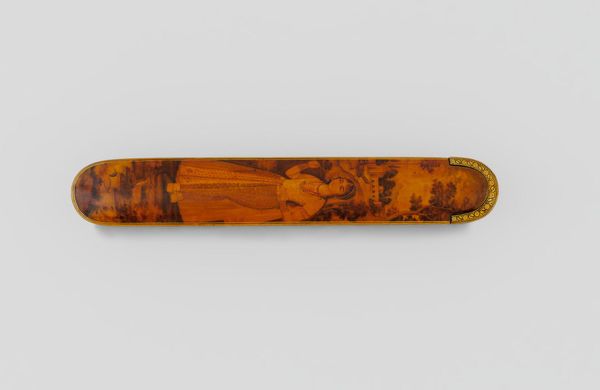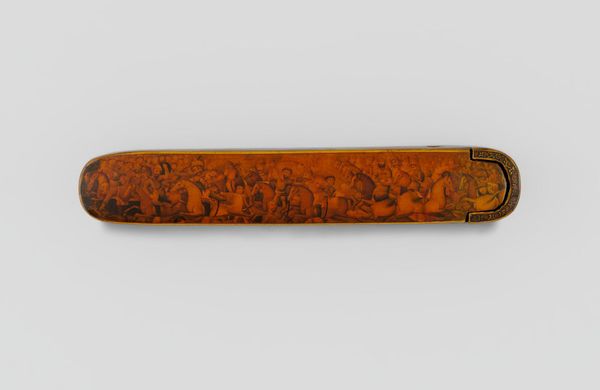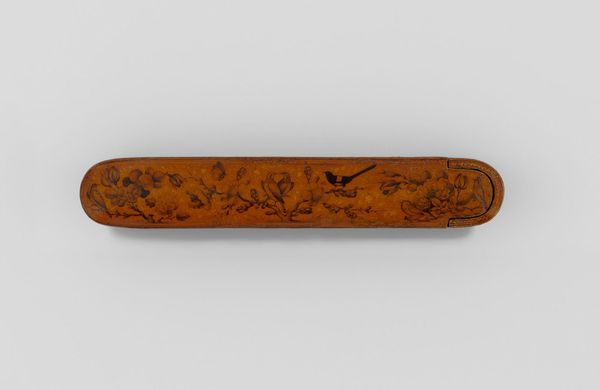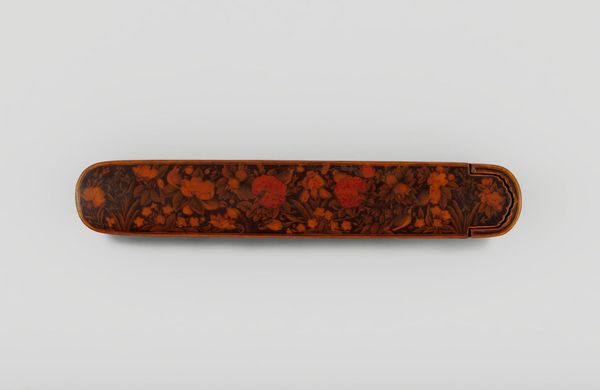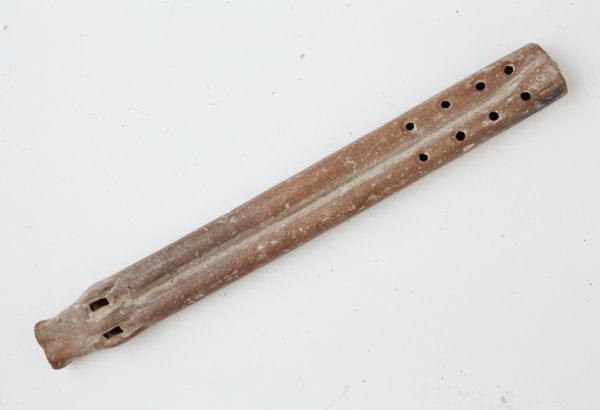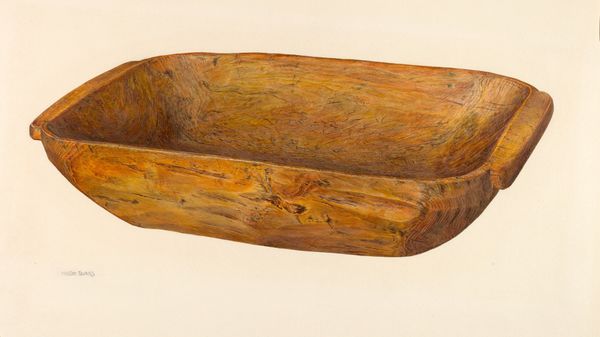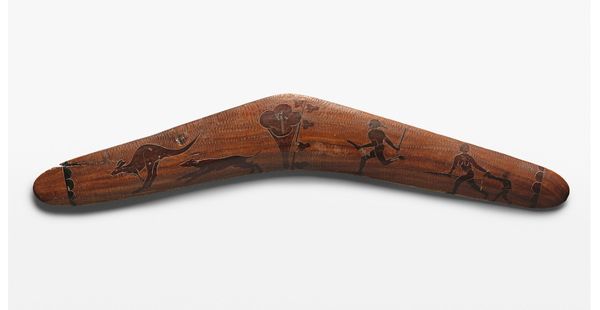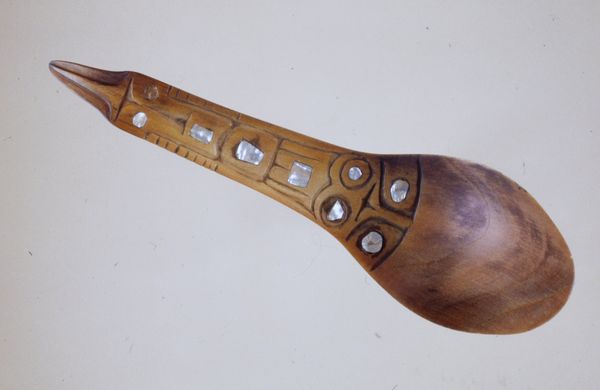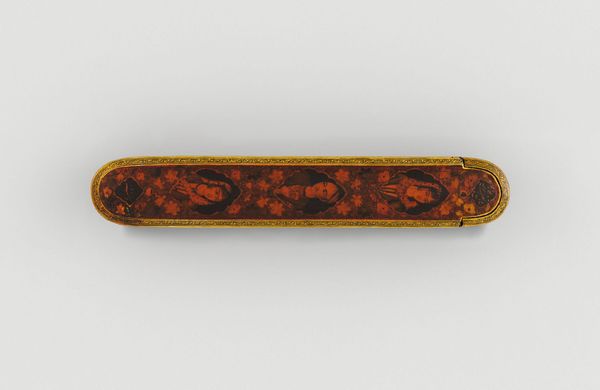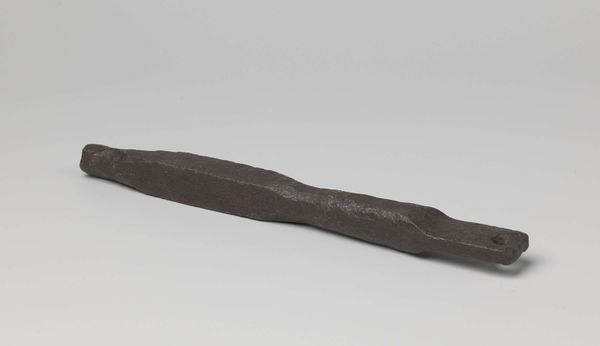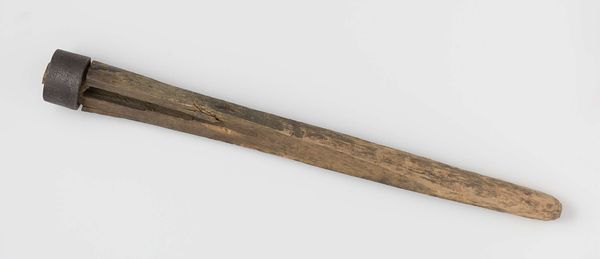
carving, sculpture, ivory
#
carving
#
sculpture
#
form
#
ancient-mediterranean
#
sculpture
#
ivory
Dimensions: 7 x 1 3/4 in. (17.78 x 4.45 cm)
Copyright: Public Domain
Editor: We are looking at an ancient piece titled “Knife Handle” from the 7th to 11th century made by the Punuk people. It's an ivory carving. It has this very tactile, almost earthy feel to it, and yet there's this geometric precision in the patterns. How do you interpret this work within its historical context? Curator: Considering it comes from the Punuk culture, we need to delve into the societal structures and the environmental conditions that shaped their artistry. Ivory wasn’t just a material; it was a resource directly connected to their survival and relationship with the animal world. The carving, the form, it speaks to utility, yes, but also a deeper connection. What do these geometric patterns suggest to you in terms of social or spiritual significance? Editor: They feel decorative, but the precision also hints at something more deliberate, maybe a visual language? Were there gendered roles associated with the creation or use of such objects? Curator: Absolutely. Objects like this were rarely neutral. Analyzing gendered roles within the Punuk society, we can consider whether specific genders controlled the resources like ivory, or were primarily involved in the craftsmanship. Was this a tool primarily for male hunters? If so, how does that influence its design and symbolic representation? We also need to acknowledge the political dimensions: how did control over resources like ivory play into broader power dynamics within the community and with other groups? Editor: So, the handle is not just a functional object, but also a reflection of cultural and political relationships. That’s a lot to consider when we look at the design! Curator: Indeed. Even today, engaging with artifacts from marginalized cultures requires acknowledging complex histories of colonialism and representation. Objects become powerful sites of reclaiming cultural narratives and decolonizing museums. Editor: I hadn’t considered it in that way, this changes how I see the patterns as deliberate acts of cultural preservation and assertion of identity. Curator: Precisely, art always invites deeper investigations beyond its immediate aesthetic appeal.
Comments
No comments
Be the first to comment and join the conversation on the ultimate creative platform.
